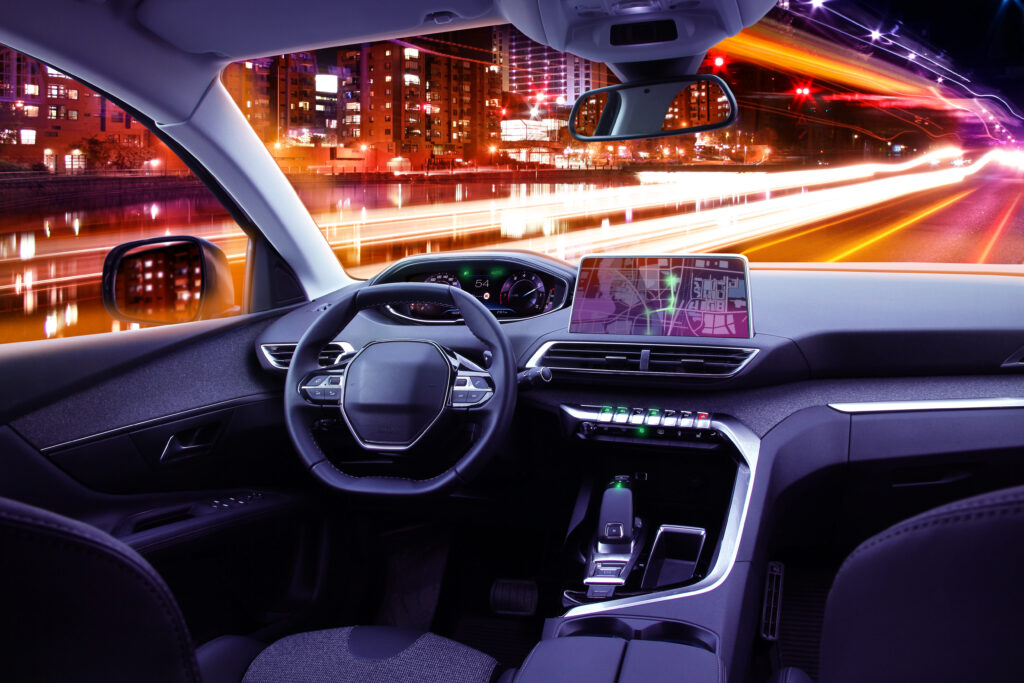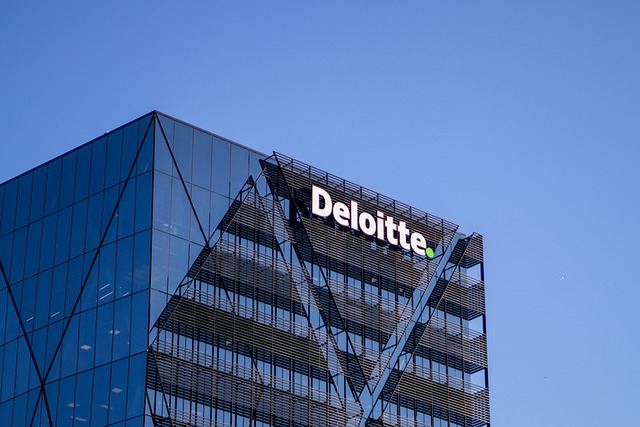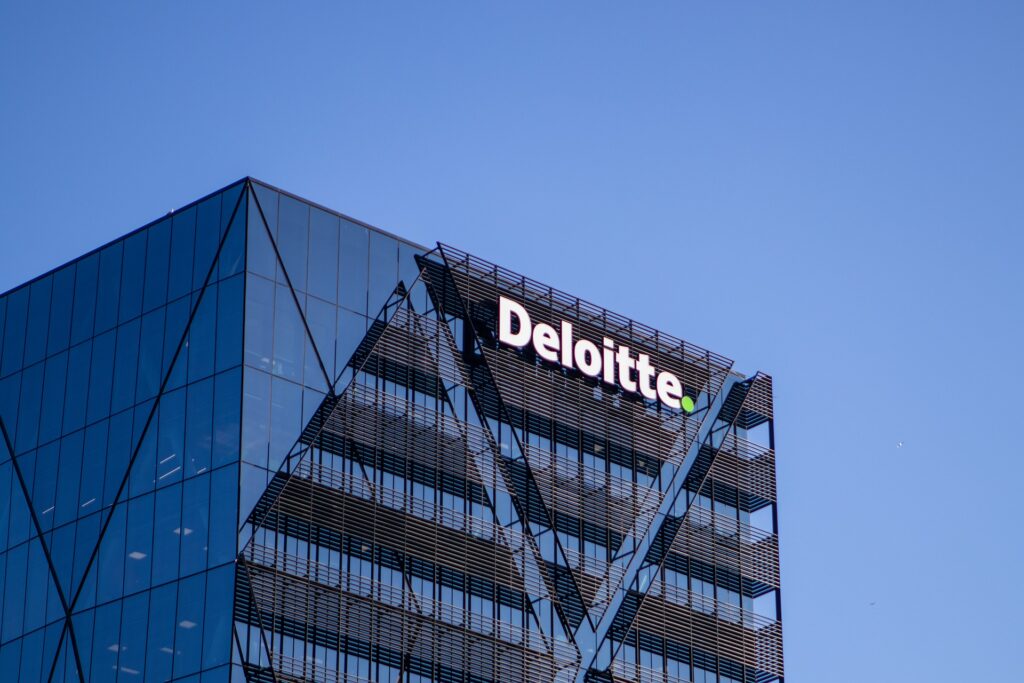The Deloitte Tech Trends Report is in its twelfth year and looks at current, emerging and future technology trends. It’s essential reading for any digital leader considering it’s widely regarded as one of the most comprehensive and thorough reports of its kind. The production of the report is led from a UK perspective but is run on a global scale by a team of researchers along with input from Deloitte’s global digital network of clients.
The report is a true collaboration between Deloitte and their clients based on customer case studies, early adoptions and meaningful conversations with their readers. This year’s report focussed on nine key trends that the global research team deemed ones to watch, a summary of which can be read below:
STRATEGY ENGINEERED
Technology today more than ever is a source of new competitive advantage for some organisations and, as COVID-19 has proved, a threat to the ongoing survival for others. Because of this, the line between corporate strategy and technology strategy is blurring. Savvy corporate strategists are looking beyond their organisation’s current tech capabilities and competitive landscape to consider a broader range of future possibilities about how technology can expand their operations. The complexities around the growing number of uncertainties and possibilities are often too much for the human brain to comprehend and that’s why strategists are turning to strategic tech platforms that are equipped with advanced analytics, automation, and AI. Organisations are using these tools to continually identify internal and external strategic forces, inform strategic decisions, and monitor outcomes.
CORE REVIVAL
Modernising legacy enterprise systems and migrating them to the cloud may help unleash an organisation’s digital potential. Until recently, the move to the cloud could also obliterate the organisation’s digital transformation budget. For many, the cost of cloud migrations and other core modernisation strategies can hinder a transformation. But this is about to change. Deloitte recognises as a growing trend that some pioneering companies are beginning to use clever outsourcing arrangements to re-engineer traditional business cases for core modernisation. Likewise, some are exploring opportunities to shift core assets to increasingly powerful platforms, including low-code options. Finally, many are advancing their platform-first strategies by ad embracing more of its positive aspects, including the data generated by workers’ tools and platforms. This will help organisations optimise individual and team performance and customise the ever-important employee experience. As onsite workspaces and headquarters evolve, organisations can use this data to create thriving, productive, and cost-effective offices that are seamlessly interwoven with the remote experience.
SUPPLY UNCHAINED
Supply chains are moving out of the back office and into the value-enabling front lines of customer segmentation and product differentiation. Manufacturers, retailers, distributors and others who are looking to the future are exploring ways to transform the supply chain cost centre into a customer-focussed driver of value for the business. They are getting more value from the data they collect, analyse, and share across their supply networks and using it to make better decisions. The kind of disruption we have seen with COVID-19 could well become the norm. When the next global event hits, technology and supply chain leaders won’t be able to say they didn’t have time to prepare.
Technology trends are always front of mind in the ERP industry, especially when technologies are evolving at a rate of knots.”
ML OPS: INDUSTRIALISED AI
Sophisticated machine learning models help companies to discover patterns, reveal anomalies, make predictions and decisions, and generate insights and are increasingly becoming key drivers in an organisation’s performance. Enterprises are realising the need to shift from personal heroics to engineered performance to efficiently move ML models through the business landscape (production to management). But, many are hamstrung in their efforts by clunky, brittle development and deployment processes that stifle experimentation and hinder collaboration among product teams, operational staff, and data scientists. As AI and ML mature, a strong dose of engineering and operational discipline will help organisations overcome these hurdles.
MACHINE DATA REVOLUTION: FEEDING THE MACHINE
With machine learning on the brink of overhauling enterprise operations and decision-making, a growing number of AI pioneers are realising that legacy data models and infrastructure could be a roadblock to ML success. In response, these organisations are taking steps to disrupt the data management value chain. As part of a growing trend, they are deploying new technologies and approaches including advanced data capture and structuring capabilities, analytics to identify connections among random data, and next-generation cloud-based data stores to support complex modelling.
ZERO TRUST: NEVER TRUST, ALWAYS VERIFY
Sophisticated cyber attacks and shifting enterprise environments have undermined the traditional castle-and-moat approach to cyber security. Zero trust is rooted in the concept that modern enterprise environments necessitate a different approach to security: there is no longer a defined perimeter inside which every user, workload, device, and network is inherently trusted. In zero trust architectures, every access request should be validated based on all available data points. The automation and engineering required to properly implement zero trust security architectures can help strengthen security posture, simplify security management, improve end-user experience, and enable modern enterprise environments.
REBOOTING THE DIGITAL WORKPLACE
As the world’s largest unplanned work-from-home experiment continues, many business leaders are asking: when the dust settles, will remote work become the rule or the exception? Companies may be able to overcome the digital workplace’s uncertainties by dressing technical debt in ERP systems and migrating non-essential capabilities to other platforms. These innovative approaches for squeezing more value from legacy core assets could soon become standard components of every CIO’s digital transformation strategy.
BESPOKE FOR BILLIONS: DIGITAL MEETS PHYSICAL
When we look back, 2020 will likely be the turning point when most of the population adapted to digital interactions to conduct their everyday lives, whether working from home, online schooling, or ordering groceries. Yet the prevalence of digital interactions has left many of us pining for the days of in-person interactions. As we look to the future, we expect consumers will no longer be satisfied with distinct physical or digital brand experiences; they will expect a blend of the best of both. In the next 18 to 24 months, we expect in-person and digital experiences to become more seamless and intertwined.
DEI TECH: TOOLS FOR EQUITY
Organisations are embracing diversity, equity, and inclusion as business imperatives, with a growing number adopting holistic workforce strategies that address biases and inequities to enhance enterprise and employee performance. While HR professionals often lead DEI strategies, technology leaders play a critical role as a strategic partner by designing, developing, and executing tech-enabled solutions to address increasingly complex DEI workforce challenges. Deloitte believes that over the coming months, we can all expect enterprises to adopt new tools that incorporate advanced analytics, automation, and AI, including natural language processing and machine learning, to help inform, deliver, and measure the impact of DEI.




